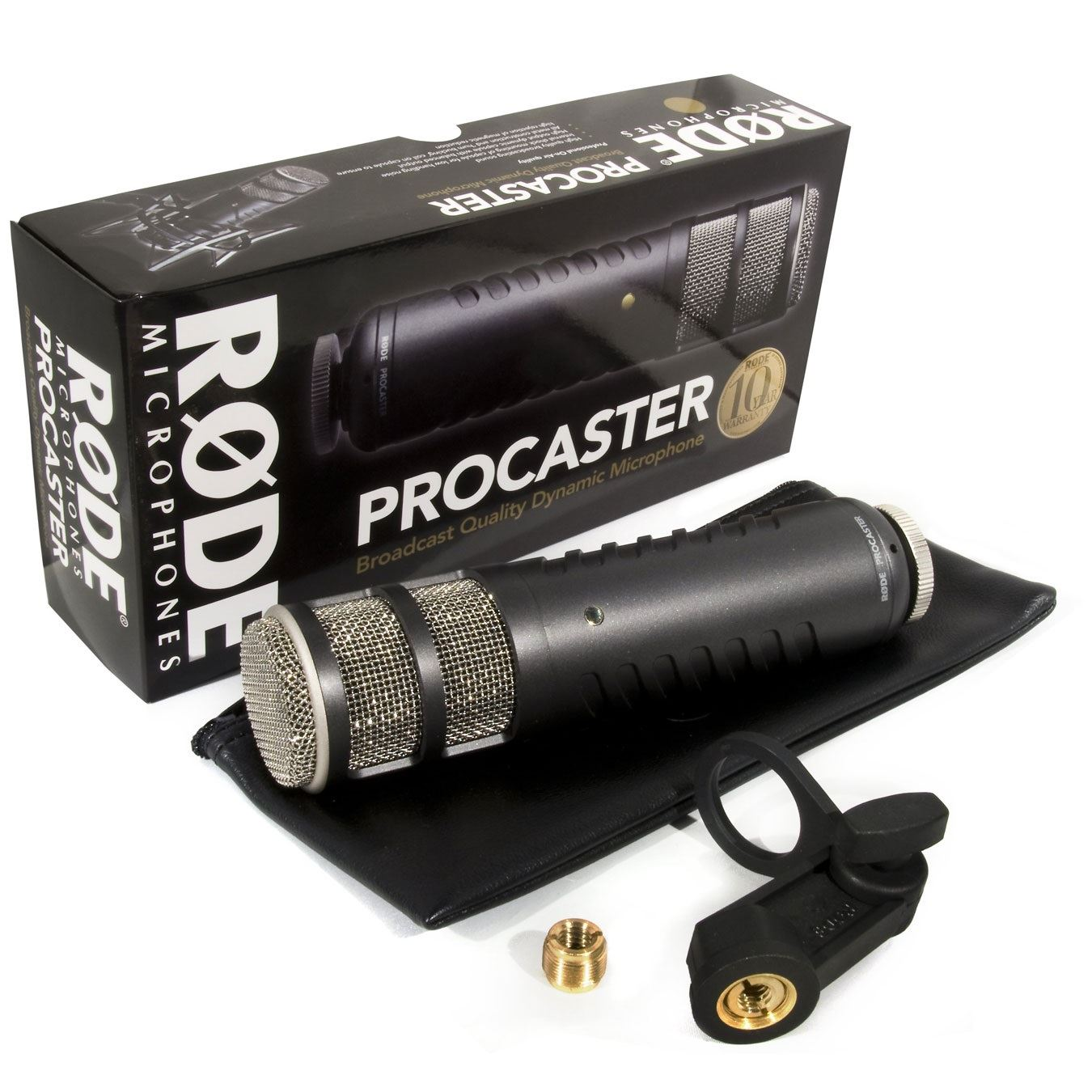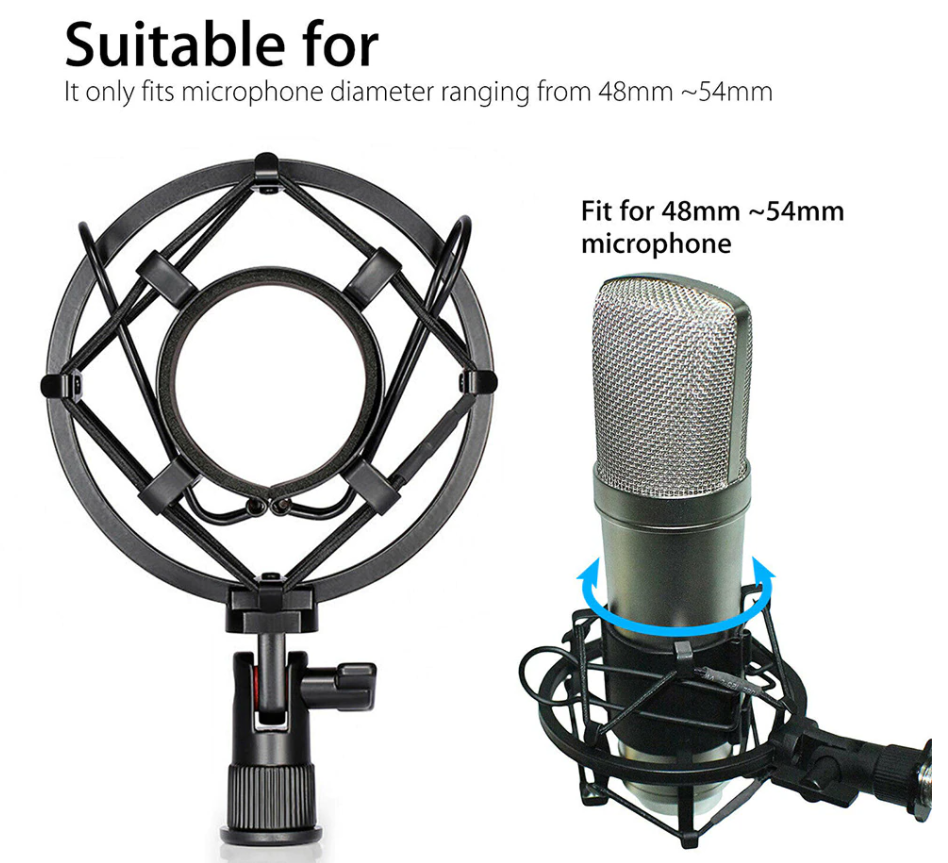I love a good bargain. I especially enjoy a bargain that works well, and saves me a great deal of money in my ham life. Recently, I took a chance on purchasing a $33 (38,000 Korean Won) microphone from China off of the website Aliexpress, and it turned out to be a great find.
 |
| Note that the TS480 is not listed, but if it lists for these radios, the PTT works. |
Even though my Kenwood TS-480-SAT is an aging radio, I have come to enjoy using it. The remote head and minimalist overall size (originally mean for the car) works well as a discreet desk rig. Now, normally I run a Yaesu FTDX3000, which is surely a better radio, but the TS-480-SAT is certainly no slouch. The Kenwood's main function is as my 100w QRO portable rig, but I sometimes fire it up on the desktop, when I just want to try something new. The only issue was that the Kenwood stock hand mic (although a decent mic) makes a little handling noise, and requires hanging to keep it from falling off of my desk. I really wanted a desktop microphone to use at home for it, so that I wouldn't destroy the stock hand-held (I've already damaged two Yaesu MH31b mics by dropping them).
I Like Stock Mics
After playing around with several different microphones, I've always found myself gravitating back toward the stock mics sold by the radio companies themselves. They may not always produce a smooth, boomy AM-like sound, but they do provide excellent results in terms of raw communications, and the cables are usually better. Also, they tend to keep their value, so if you buy a good used one, you don't lose much. You might even get it all back, or make a few dollars. Being a "stingy ham", I'm certainly in favor of a high resale price, should I part with a piece of equipment! Of course, buying a mic branded by the same company as my radio is often quite expensive. You do get more resale on the back end of the sale, but you still have to "cry once" when you pay for it, initially. Such prices are even worse when you are a ham living in a country like Korea, where shipping can become expensive. Good used Kenwood desk mics tend to disappear within minutes of being sold on the Korean used ham sites. They are quite popular, and have held or gone up in value, in recent years. So "the stingy ham" was itching for a cheaper way...
Taking a Chance on the OPPXUN
Enter the OPPXUN desk mic. This same mic is actually sold under a few different names on Aliexpress (I assume they are likely the same mic re-branded). It is also sold in a Yaesu model, so Yaesu users might want to look into it. I found the OPPXUN to be the cheapest at the time of purchase, so I went with it. You'll note that the radios listed as working with this mic are NOT HF radios. They're all VHF/UHF, as I understand. Even still, the plug is identical, so no adapter is needed to fit a TS-480 radio. Not being on the list of approved radios for this mic was the chance I took. I felt reasonably comfortable in purchasing this mic, however, as I learned from N0AKF that his Kenwood KMC-9C mic (which this Chinese mic is a copy of) worked very well on his TS-480. In fact, he preferred if over the hand mic. I wrote to him, and he put me at ease with the idea of the Chinese OPPXUN mic at least having a chance at working, given that it serves the same Kenwood VHF/UHF radios. I don't believe the left button has any usable function for the TS-480, but the right button works perfectly as the PTT, without any cheap clunking or clicking noise that my hand mic suffers from. There is a felt/rubber base pad on it, which keeps it from moving around. You can leave it on a desk, or hold it in the hand and press the top part of the button, for operation. My preferred method is to leave it setting there, and grab it when I need it, lifting it to my mouth. It works either way. The mic is a smidge omni (meaning that it's not fully what I would call 100% Cardioid in pattern), If your shack is very noisy, I'd suggest going with something a bit more toward super-cardioid in pattern. That said, it works well.
The Verdict
The mic was ordered just over three weeks ago, around February 4. The seller sat on the order until the last moment before Aliexpress automatically cancelled the shipment, but did eventually send it. Korea is close to China, so I was able to receive it barely a week after it was shipped. I couldn't wait to plug it in. I noticed that the mic was well-built, and had a decent amount of weight to it (which is to say it's not thin and light).
Upon plugging it in and testing my RX via WebSDR around Asia/Pacific, I was rewarded! The sound is very good (typical good/high quality electret sound). From the TS-480's widest 2.4 TX audio bandwidth and flat EQ, to the tighter 2.0 bandwidth and HB2 TX filter setting, the mic sounds excellent enough. I prefer its versatility over the stock Kenwood mic. I enjoy using it either with or without compression. I don't notice a single RF-related problem, so it seems to be shielded well. Highly recommended! My only suggestion would be to purchase a cable extension for RJ45, which has a straight-through pin configuration (the coiled cord is a little short, and only good for 2 to 3 feet, comfortably).






